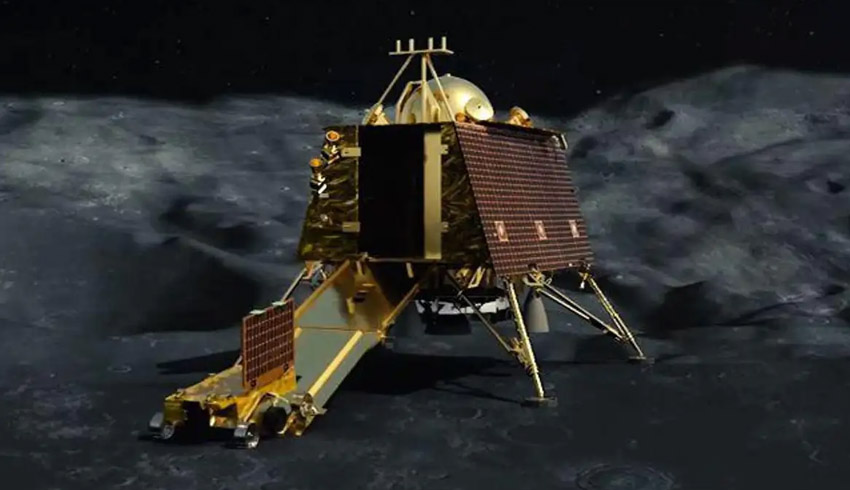
That followed the unfortunate end of the Chandrayaan-2 mission in September, which was proceeding perfectly until contact was lost with the descending lander, named Vikram, about two kilometres above the lunar surface.
Vikram was obliterated when it smashed into the moon surface. Indian authorities appeared utterly unprepared for failure and only in December did they finally acknowledge that the lander had crashed.
Had India succeeded, it would have joined a very exclusive club as just the fourth nation, after the US, Russia and China, to soft land a robotic probe on the moon.
The head of the Indian Space Research Organisation (ISRO) Kailasavadivoo Sivan confirmed last week that they planned to try again.
He said the Chandrayaan-3 lunar lander mission plus the Gaganyaan human spaceflight program would be top priorities for ISRO in 2020. However, neither might launch until 2021.
“This year is going to be the year of Chandrayaan-3 and Gaganyaan, I would say,” he said at the briefing in India.
“One major announcement I wanted to make here, officially, is that Chandryaan-3 is government-approved. The project is now formed. The activities for Chandrayaan-3 are going very smoothly.”
Chandrayaan-3 won’t be as elaborate as Chandrayaan-2 and it will also be cheaper.
As the Chandrayaan-2 orbiter called Sivan is still fully functional and orbiting the moon, a new orbiter won’t be included in the mission. However, like Chandrayaan-2, Chandrayaan-3 will carry a lander and rover.
Sivan estimated the Chandrayaan-3 mission will cost 6.15 billion rupees (US$86.4 million), compared with the 9.7 billion rupees cost of Chandrayaan-2.
He provided few new details about why Chandrayaan-2 went wrong. The Indian government has said only that Vikram hard landed after it slowed down more than expected during descent.
“The first phase went very well. In the second phase the velocity reduction was more than expected,” Sivan said.
“The control and guidance system was not designed for this large deviation.”
ISRO’s report of its investigation into the failure has been submitted to government but hasn’t been officially released.
India’s Gaganyaan human spaceflight program was announced by Indian Prime Minister Narendra Modi in August 2018, with a goal of placing Indian astronauts in orbit by August 2022.
That’s the 75th anniversary of India’s independence from Britain.
Sivan said there had been good progress on Gaganyaan in 2019, with four unnamed astronauts selected to begin training this month.
ISRO will continue work on the design of the spacecraft.
"Many systems now need to be tested before flight,” he said, including humans.
Receive the latest developments and updates on Australia’s space industry direct to your inbox. Subscribe today to Space Connect here.









